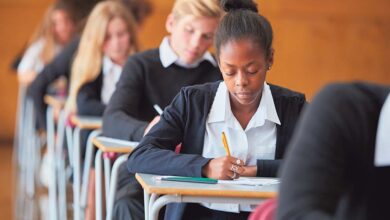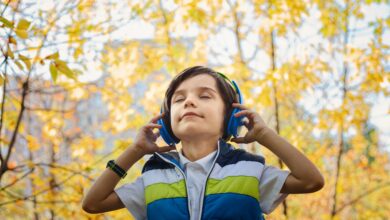The effect that lockdowns have had on our children’s education is complex and far-reaching
Opinion
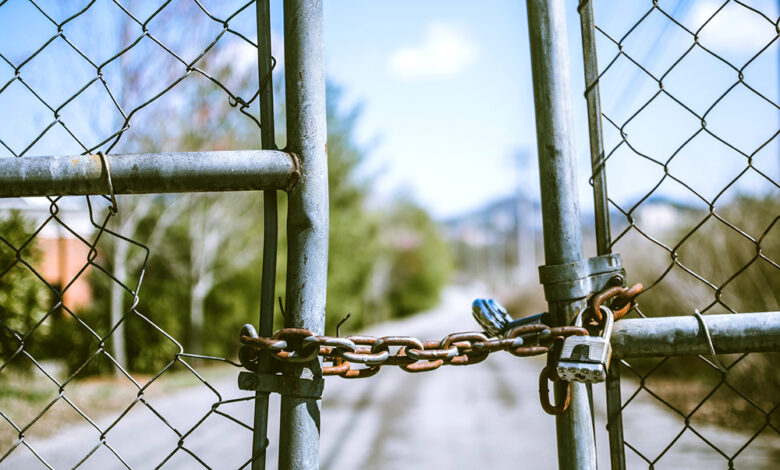
On March 20 2020, UK schools closed their gates to all but the most vulnerable children and those with key workers for parents. At a stroke, face-to-face learning all-but stopped and for more than a year, children spent more time learning at home than at school.
The effects of this educational upheaval on our children, will be studied for many years to come. From early years, to GCSEs and A-Levels, every child has been affected, as busy classrooms, noisy corridors, playgrounds, sports fields and lunch halls were replaced by millions of homes – in their infinite variety. For some children, online learning was actually a positive experience, but for many, it brought challenges to both their educational development and their mental health.
Internet and device access were hugely significant to individual learning experiences. According to Ofcom, around one in five children did not have consistent access to a suitable device for their online learning through the pandemic. In many cases, children were borrowing devices or having to go to friends or relatives’ houses to access the internet. Further, a quarter of vulnerable children struggle with device access for remote learning and for 3% of school-children, the lack of access to a device prevented them from doing any schoolwork at all.
Government initiatives through the lockdowns went some way to addressing some of these issues and improvements were made. According to Gov.Uk data published in June, over 1.3 million laptops and tablets were provided to schoolchildren during the 2020/21 academic year. Further to this, Ofcom reports that it is likely the proportion of UK homes without internet fell from 11% to 6% during the course of the pandemic so far.
One in five children did not have consistent access to a suitable device for their online learning through the pandemic
There is a tendency to reduce the disparity to the issue of those who have access to a computer or to reliable internet, but the gap between the haves and have nots is more complicated than this single issue and it is clear that the changes brought by the pandemic, increased this gap. Parental attitudes and support became a significant factor in the online learning experience, often undermining the levelling effect of education provision. Given the enduring social inequalities that education has long sought to address and the failings that remain within the system, the last thing that system needed, was a deepening of the crisis that pandemic brought with it.
Certainly, at the beginning of the pandemic, while the state was reeling and the world was grappling with how to begin to manage this sudden imposition of a new world order, state education looked like a rabbit in the headlights, paralysed by uncertainty. I heard countless stories from parents whose children had been told to just do what they could – anything is better than nothing – at a time when lesson plans were little more than suggestions. While by no means across the board, this was certainly the experience reported by many parents.
Private and public schools were equally wrong-footed, but they were faced with a potential immediate threat of parents removing fees. Staff wages still had to be paid, as well as additional costs for supply staff for quarantine and sickness and the routine expenditure on infrastructure and facilities. The focus on the relationship between customer and service provider is somehow sharpened by the act of handing substantial sums of money, directly to the service provider. Private schools needed to demonstrate that they were providing value – and fast.
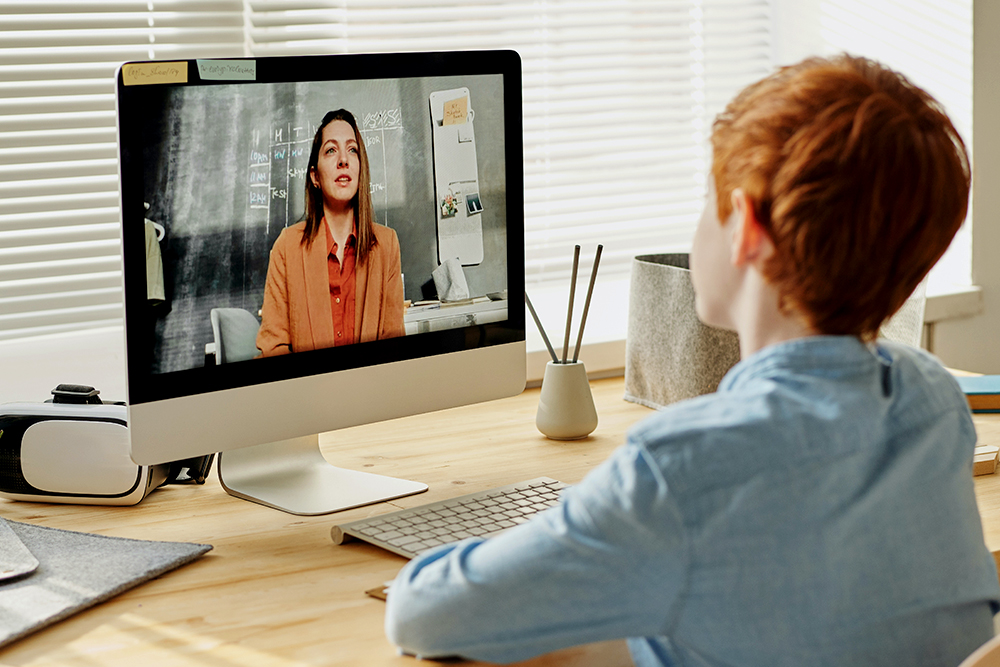
During that first week of the first lockdown, I spoke to a friend with children at private school. She told me her WhatsApp parents’ group had suddenly lit up with a frenzy of outraged parents responding to an email from the school confirming that full fees would be charged irrespective of whether the children were receiving their lessons in school or at home. Remember, this was at a time when the concept of lockdown was brand new, we had no idea what it meant or how – or whether our society would cope. Online lessons, GP telephone appointments, Zoom and Teams meetings, interviews and yes, the dreaded virtual quiz nights were not yet part of our vocabulary. The idea that schools would charge fees for a service that children were unable to receive in person, caused uproarious indignation. Private schools had to act quickly – and in a very visible manner – to justify charging for education they were providing. Driven by the need to survive, they had to get their (revolutionised) act together very quickly.
As a result, children attending private schools tended to find themselves required to follow a disciplined structure of education and while the location of the education had changed, the content remained fundamentally the same. Of course, this put an enormous pressure on parents – to police and facilitate this structure and discipline. Let’s face it, this sort of routine is far easier to tackle if at least one parent is not working and there’s enough money available. The amount of support required for this online, home learning cannot be under-estimated – as many exhausted parents of both privately and state educated children, will attest. Considerable resources are obviously required, from reliable internet and device provision and an inexhaustible fridge, to plenty of free-time and a convincing grasp of the education that you’re helping your child to learn.
“It was like a two-tiered education system in one house”
In that first lockdown, many state school children simply weren’t getting anything like the education that had been provided during in-school learning. One friend recalls:
“My daughter simply couldn’t engage at all with online learning and she was in the year group that missed 202 GCSEs. As a result, she’s now struggling with A-Level content and is still a bit disengaged. And to make it all worse, these will be her first ever proper exams! My other child is a real workhorse, but during the first lockdown, her school wasn’t really doing that much, so she was basically self-teaching her way through her syllabus.
At that stage, only the private schools round here were getting proper online lessons. My partner is a teacher and his children, who both attend private school, had very different experiences. This led to some friction at home, as four kids who were in the same house, seemed to be living in totally different universes – it was like a two-tiered education system in one house. For all of them though, the social isolation has really knocked their confidence and that continues to cause issues for all of them, although they all handle it differently.
Throughout, schools have also had to contend with staff shortages due to sickness and more recently, the ‘pingdemic’. Where additional support tended to be provided by Teaching Assistants (TAs), they are now less available as they’re covering for teachers, who have been stretched beyond capacity, running both online and face-to-face teaching. Special Educational Needs (SEN) children have suffered more than many. One primary school teacher told me, there’s been a huge increase in child protection and SEN issues;
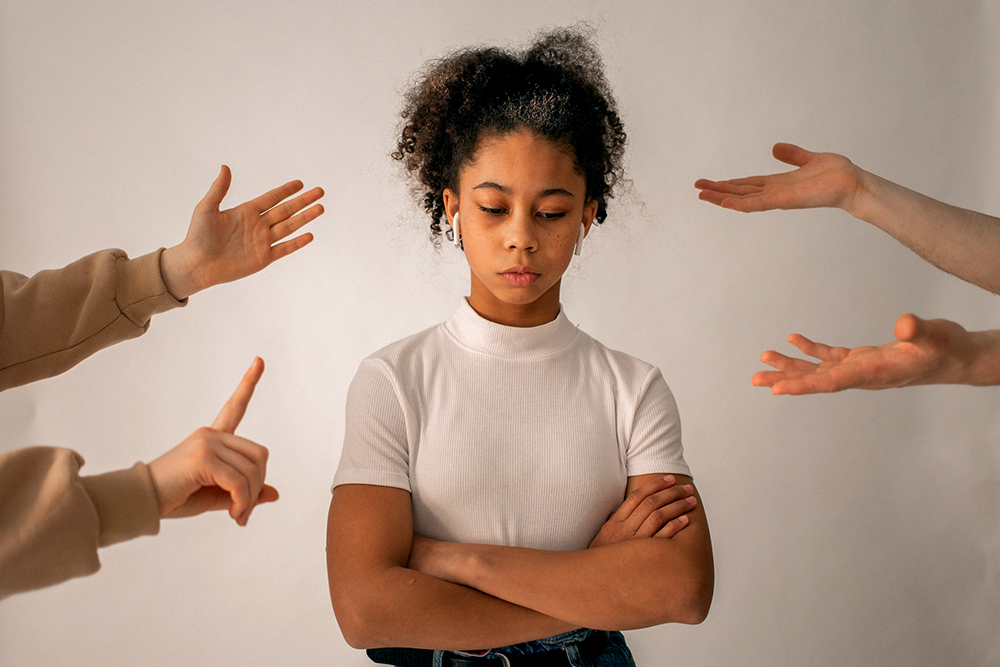
“Domestic violence has risen significantly. Currently, in our small school of 130 children, we have four cases under the care of Social Services. This is up from a year-on-year average of one child only a year ago. Mental Health has such an impact on some families and their children and all our SEN budget goes on this. The waiting lists are unworkable. CAMHS are just now seeing a child I referred in March 2017! I have five other children waiting to be seen……Occupational Therapists have been offering us virtual appointments, but unless they’re in person, they can’t really assess the children – I mean there’s a limit over video to how much you can assess the degree of flexibility in an eight-year old’s ankle and fit support splints. And then there’s the issue of bubbles. You can’t run interventions across bubbles and the gap between pupils with special educational needs and their peers has been exacerbated. It’s complex, but it’s been a nightmare and the kids are suffering.”
There’s a limit to how much you can assess the degree of flexibility in an eight-year old’s ankle and fit support splints over video.
The social issues faced by children who’ve spent so much time away from school have also impacted their experience and life-learning. Some have suffered as a result of troubled home-lives from which there is little or no escape; from social isolation and from missing out on developing face to face communication skills. Loneliness, boredom and frustration at being unable to take part in their normal activities has caused or exacerbated many mental health conditions in children and teenagers.
For some, home learning has brought benefits, although there is a feeling this is less common for under-privileged children. Many have learned new skills: cooking at home; improving their IT capabilities and even learning teaching skills as they help older family members, less familiar with modern technology systems. Many children in happy home environments enjoyed a more relaxed way or learning and relished family time. In the case of some children who were bullied at school, lockdown provided a safe haven. It goes without saying that it’s a complex issue and the experience of individual children varies depending on their personal circumstances.
Look out for our upcoming feature on mental health helps for kids trying to cope with the extra pressures caused by the pandemic
To see your company in any upcoming features we are arranging please email editorial@hurstmediacompany.co.uk








